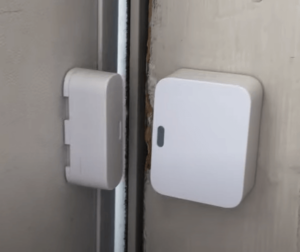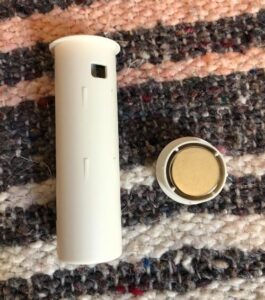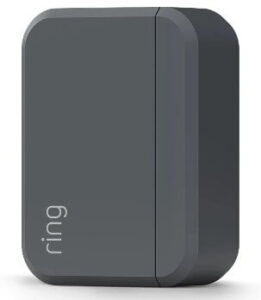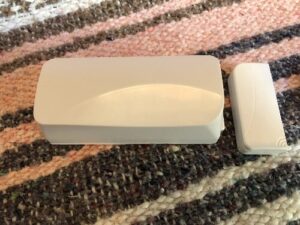Door sensors are an essential component of your home security system: they let you know when someone is entering your home. These devices are made up of two parts, which form a circuit when they’re kept parallel to each other. When someone opens the door, the two parts separate and break the circuit, which triggers the control panel to sound an alarm.
Because door sensors are simple to install, it’s easy to take these helpful gadgets for granted. But the more you know how your home security system works, the better you can use and maintain them.







